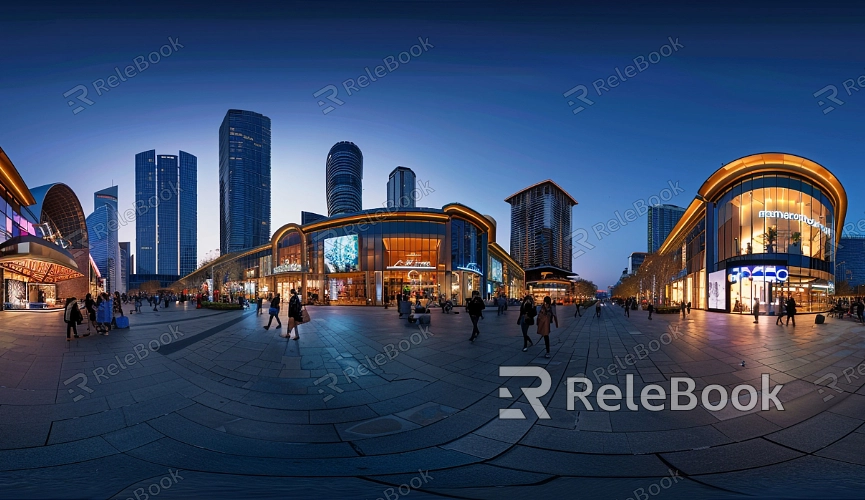How to Create HDR in Photoshop with One Image
HDR images are widely used in architectural, interior, and gaming environments to significantly enhance the realism and visual impact of scenes. While HDR images typically require multiple exposures to be blended together, you can also simulate an HDR effect using just a single image in Photoshop. This technique is particularly useful when working with one photo, eliminating the need for multiple exposures to achieve an HDR look. This guide will walk you through the steps to create an HDR image from a single picture in Photoshop, helping designers achieve better visual results in their 3D projects.

1. Understanding HDR Images
Definition of HDR Images
HDR images capture a broader range of brightness levels, allowing for more detail and color to be visible. Unlike standard images, which can only display a limited brightness range, HDR images maintain rich details in both highlights and shadows, providing a more striking visual impact.
Applications in 3D Design
In 3D modeling and rendering, HDR images are commonly used as environment maps or reflection maps. They provide more realistic lighting and environmental effects, making the rendered output appear more natural and immersive.
2. Preparing and Adjusting a Single Image
Choosing the Right Image
Select an image with rich details and high contrast. Ideally, the image should have clear highlights and shadows to better simulate HDR effects.
Adjusting Exposure and Contrast
Open the image in Photoshop. Use the “Brightness/Contrast” tool found under the “Image” menu's “Adjustments” option to tweak the image’s contrast and exposure, thereby expanding its dynamic range.
Applying HDR Filters
Use Photoshop’s built-in filters to simulate HDR effects. Go to the “Filter” menu and select “Lens Correction.” In the “Custom” tab, adjust settings like “Color Distortion” and “Vignette” to enhance the image’s contrast and details.

3. Using Layers and Adjustments to Achieve HDR Effects
Duplicating Layers
Duplicate the original image to work on different layers. Typically, you will need three layers: one for adjusting highlights, one for shadows, and one for midtones.
Applying Different Adjustments to Each Layer
Apply distinct adjustments to each layer. Use “Curves” or “Levels” from the “Image” menu’s “Adjustments” to enhance details in each layer. Adjust the highlights layer to be brighter, the shadows layer to be darker.
Merging Layers
Merge the adjusted layers into a single layer. Use layer masks or adjust layer opacity to balance the effects, ensuring the final image displays a rich range of details and contrast.
4. Enhancing Effects with Color Grading and Sharpening
Applying Color Grading
Use the “Color Balance” or “Gradient Map” tools from the “Image” menu’s “Adjustments” to fine-tune the image’s color tone and make it appear more vibrant and realistic.
Sharpening the Image
To make details clearer, apply sharpening using the “Sharpen” tool under the “Filter” menu. Options like “Smart Sharpen” or “Sharpen” can improve image detail.
Final Adjustments
Review the overall effect of the image and make final adjustments as needed. Use the “Levels” or “Curves” tools from the “Image” menu’s “Adjustments” to tweak brightness and contrast, ensuring a natural and balanced HDR effect.
By following these steps, you can create an HDR effect from a single image in Photoshop, enhancing its dynamic range and visual impact. This method simplifies the HDR creation process and allows you to achieve similar effects without multiple exposures. We hope these tips help you achieve better results in your 3D design and rendering projects. If you’re looking for high-quality HDR textures, 3D models, or SketchUp and 3ds Max resources, Relebook offers an excellent range of assets. Downloading textures and models from Relebook and importing them into your projects can significantly elevate the quality of your work.

